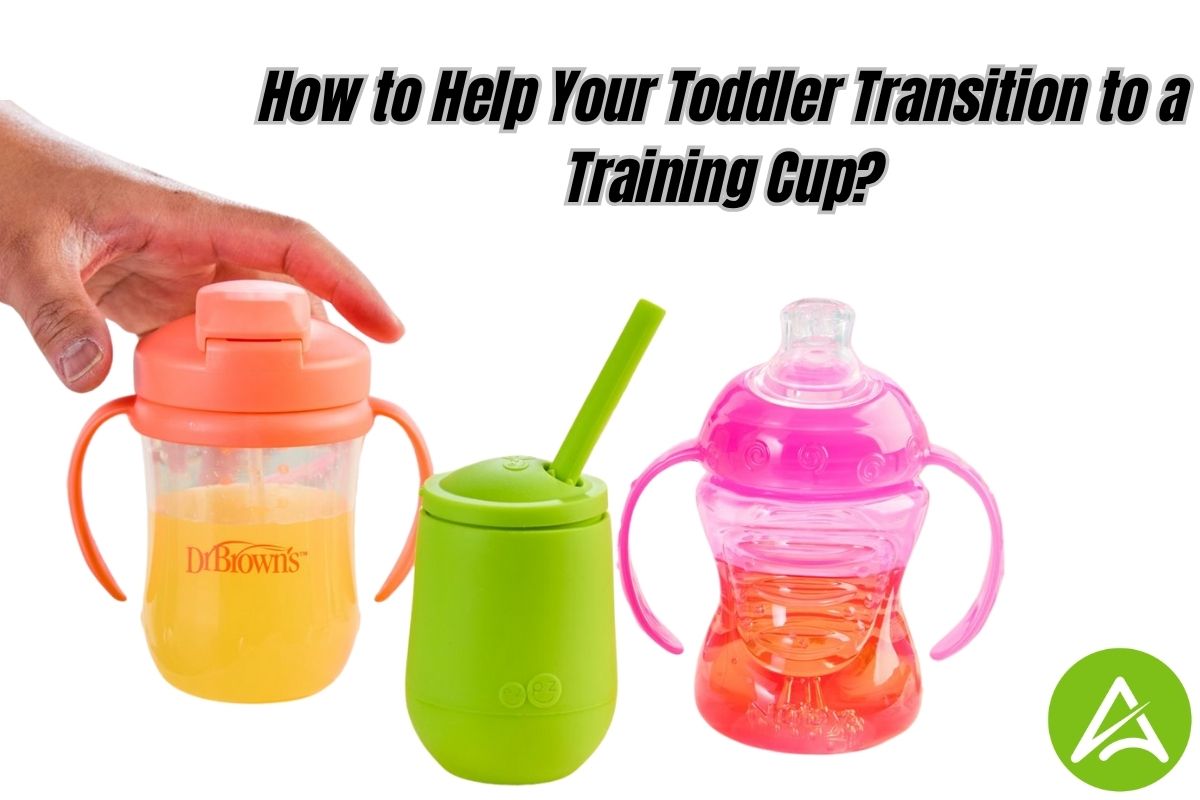The journey from bottle-feeding to independent drinking is a major step in a child’s development. It encourages better oral health, enhances motor coordination, and helps establish good habits early. With patience and a little preparation, the transition can be smooth and even enjoyable for both parent and child. One of the key aspects of success lies in knowing when and how to begin.
Begin at the Right Time
Children typically show signs of readiness between six and twelve months of age. This is the ideal window to slowly begin introducing a new drinking method, such as a sippy cup. Look for cues like the ability to sit up without support, interest in holding objects, or curiosity about how others drink. Starting too early can lead to frustration, while waiting too long might cause unnecessary attachment to bottles. Observing your child’s individual pace ensures that the shift is not rushed or forced.
Choose the Right Cup
Not all training cups are created equal. The right choice depends on your child’s age, grip strength, and comfort. Look for options that are easy to hold, spill-resistant, and made of safe, non-toxic materials. Soft spouts, straw cups, or spoutless trainer cups are all great starting points. Some children may prefer a cup that mimics their bottle, while others might gravitate toward something entirely new. Keep a few variations on hand and allow your child to explore what feels best.
Introduce Gradually and Consistently
Transitioning doesn’t need to happen overnight. Start by offering the cup during mealtime or when your child is calm and most receptive. You can fill it with water, breast milk, or formula to make it familiar. Over time, replace one bottle feeding each day with cup use until the shift becomes natural. If needed, demonstrate how to use the cup by drinking from it yourself or showing how older siblings use theirs. Consistency is key, so keep offering the cup regularly, even if there’s initial resistance.
Encourage Through Positive Reinforcement
Praise, smiles, and enthusiasm go a long way in motivating your child to adapt. Instead of pushing, turn it into a playful experience where they feel excited to try something new. You might say things like, “Wow, you’re such a big kid drinking from your cup!” Celebrate small successes, even if it’s just holding the cup correctly or taking a few sips. A sippy cup might seem simple, but mastering its use is a proud milestone for many children.
Make the Process Cheerful and Interactive
Creating a fun environment around the new cup helps build positive associations. Let your child choose their favorite color or character design when shopping for a cup. Keep the experience interactive with playful encouragement. Here are a few ideas to keep the process going:
- Use songs or rhymes while practicing drinking from the cup.
- Offer a “cheers” with the family during meals.
- Turn it into a routine part of playtime or storytime.
Supporting your child through the transition from bottles to independent drinking is a meaningful moment in their growth. With the right cup, a little patience, and consistent encouragement, the journey becomes a positive one. Remember to celebrate progress, keep it lighthearted, and most importantly, trust your child’s rhythm. Each small step is a victory in developing lifelong skills. And before long, using a training cup will feel like second nature to them.

